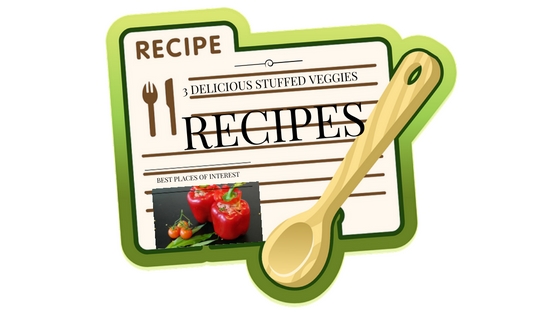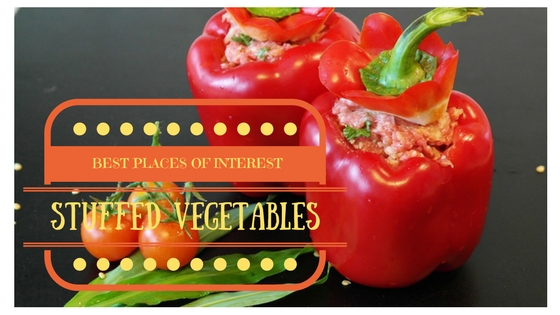There are innumerable ways to enjoy cheese, the best and simplest way is a sampling of cheeses on a platter with all the trimmings. An extravagant wedding reception, a fine dinner party or a buffet at a star hotel, a store opening or even a baby shower nowadays will definitely sport a cheese platter with a delectable variety on it. The mouth-watering savoury taste of cheese has made it the go-to appetiser.

Cheese is more popular today than ever. Although at some point of time cheese did have its own course, today one can find that it is at 35,000 feet in first class cabins where it is served as a course on the menu. The relaxed formalities of today mean the cheese course at the dinner table is rather rare but has become popular during cocktail hour at parties.

Cheese as part of the hors d’oeuvres course is wonderful and extremely practical, because, once it is served it does not require any further fuss or effort from the host or hostess. But if you do plan to serve a cheese platter for your party it is important to get it right. The most important detail when serving cheese is to serve it at room temperature. When slicing cheese, include both the heart and the rind so everyone can enjoy an equal share of the various flavours, though the way cheese is served largely depends on its shape and texture.
Round cheeses like brie and camembert can be served by cutting little wedges or triangles and emmental can be served by cutting it into thin slices. When making a cheese platter, you should present a variety of cheese- a soft cheese (brie), a hard cheese (an aged cheddar), and for the less adventurous include some mild cheese and for the adventurous include some kind of sharp cheese like blue.
You won’t be able to dictate how your guests sample your cheese selection, but a beautiful cheese platter presentation says everything about you as a host or hostess. Make sure you have plenty of small plates and cocktail napkins for guests to serve themselves along with a separate knife per cheese with plenty of fresh fruits like grapes and some dried figs or apricots along with a selection of fresh fine breads and crackers as accompaniments.

A simple tip when arranging a cheese platter cut just a few slices of bread at a time as bread can go stale very quickly, you could leave a cutting board and knife with the loaf for guests to help themselves. But this humble dairy product, made from pressed curd of milk, doesn’t just marry up with dips, crackers and fine wine.
Cooking with cheese takes it to a whole new level. Not just sprinkling some mozzarella over your pizza or some cheddar on your au gratin but try to include cheese in everything from your casseroles to sauces and salads.
But there is always the dilemma which cheese do I use? Some tasty trusty cheddar, ricotta, feta, goat’s soft cheese, hard cheese, or blue cheese…now that we can easily find hundreds of varieties of cheese at the supermarkets – well, they each lend themselves perfectly to being cooked in different dishes as per the demands of the recipe. Hard cheeses include cheddar, parmesan and Swiss. Soft cheeses include feta, ricotta and brie, while blue cheeses include Stilton, Roquefort and gorgonzola.

Cheddar firm texture and sharp taste make it perfect for cooking in skillet recipes, casseroles and even savoury cheesecakes as well as desserts. The slightly tangy and sharp flavour of parmesan makes it a great combination with vegetables and tomato based sauces. The mild, sweet flavour and silky texture of Swiss would work well in a Quiche or pies or even in a fondue, thanks to its excellent melting capabilities.
Goat’s cheese, with its slight tangy and buttery consistency, is wonderful when cooked with lentils, or sprinkled over a risotto or with a beetroot or spinach salad. The super sharp, ripe taste of blue cheese works great in a lasagna with walnuts or a mushroom pasta bake or a delicious garnish with a pumpkin or broccoli soup. Different cheeses respond differently to heat, so before you go on a conquest of experimenting it would be better to try some tried and tested recipes first.
Then once you have mastered the tastes and textures you can go wild with all the choices but also remember everyone’s taste buds are different and unique, so you can’t go wrong.
Cooking and serving cheese are Fun!.

You may like to read



















